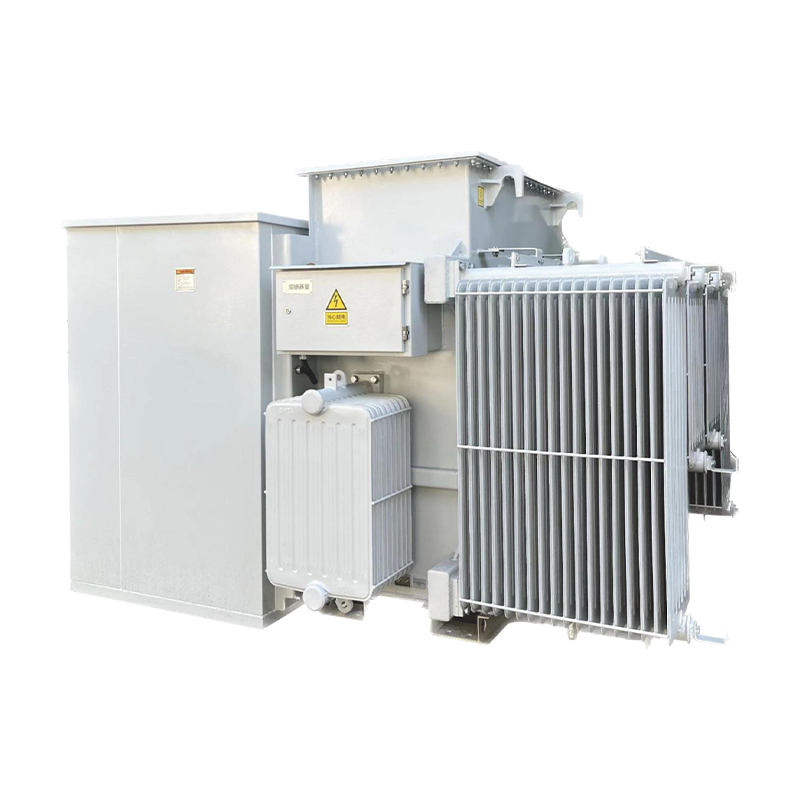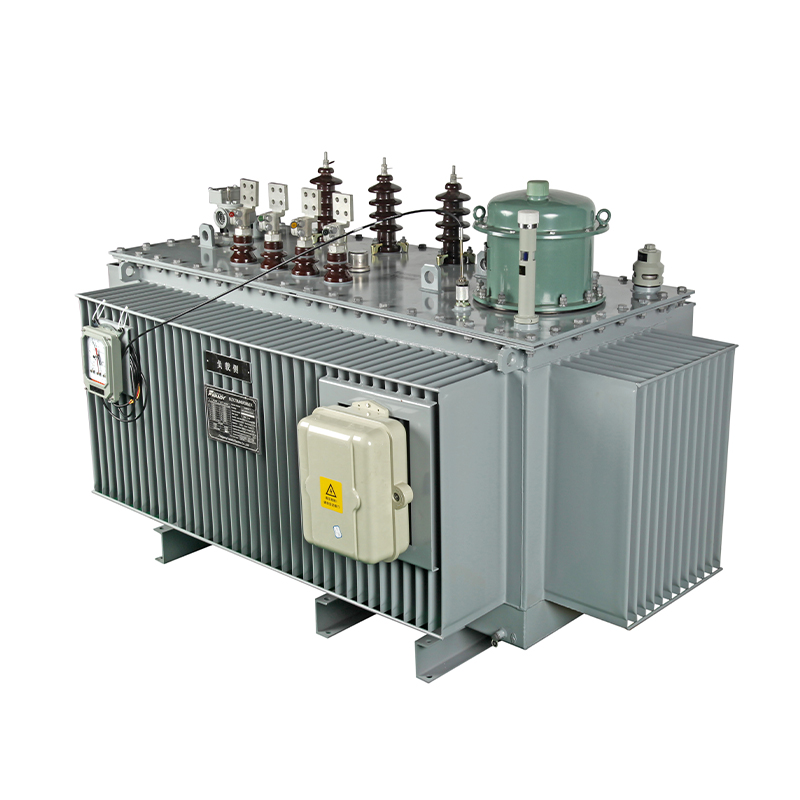International standards and certification process for stepper voltage regulators

International standards and certification process for stepper voltage regulators
1、 International standards
The international standard for stepper voltage regulators is mainly developed by IEEE (Institute of Electrical and Electronics Engineers). Among them, IEEE C57.12.35-2024 is a standard for encoding information about distribution transformers and step voltage regulators. This standard specifies the information code requirements for overhead, ground mounted, and underground distribution transformers and stepped voltage regulators, including data content, symbols, layout, and expected lifespan. In addition, the standard also covers barcode labeling requirements for specific types of distribution transformers and step voltage regulators.
2、 Certification process
The certification process for stepper voltage regulators may vary depending on the region and certification agency, but typically includes the following main steps:
1. Determine product scope: Clarify which standards and requirements the product needs to meet, which is the first step in the certification process.
2. Prepare application materials: including application form, enterprise certification (such as business license, organization code certificate, etc.), product manual, technical specifications, and product samples. These materials are important basis for certification bodies to evaluate whether products comply with relevant standards.
3. Laboratory testing: Send the application materials and product samples to an accredited laboratory for testing. The testing content usually includes multiple aspects such as electromagnetic compatibility, mechanical performance, electrical performance, and protective performance to ensure that the product meets the requirements of relevant standards.
4. Supervision and inspection: After passing laboratory testing, the certification body may also inspect the production process, quality management system, and factory inspection of the product to ensure consistency and stability.
5. Certification issuance: If the product passes laboratory testing and supervision inspections, the certification body will issue corresponding certification certificates, such as CCC certification. This indicates that the product has met the requirements of relevant standards and can be sold and used in the market.
It should be noted that in addition to the general certification process mentioned above, certain regions or markets may have specific certification requirements, such as CE certification in Europe and UL certification in the United States. Therefore, when applying for certification of a stepper voltage regulator, the appropriate certification body and process should be selected according to the specific requirements of the target market.
In addition, environmental requirements such as ROHS certification may also be one of the certifications that stepper voltage regulators may need to consider. ROHS certification mainly focuses on the content of harmful substances in products to ensure minimal impact on the environment during use and disposal.
Relate Products
Relatenews
- Step Voltage Regulators: Key Specifications to Know 2025-09-05 15:31:00
- The Future of Step Voltage Regulators in Smart Grids 2025-08-25 08:16:00
- Efficiency Metrics for Step Voltage Regulators 2025-07-19 08:45:00
- Step Voltage Regulators: Addressing Voltage Flicker in Welding Operations 2025-07-08 17:49:00
- Application and Challenges of step voltage regulator in Ocean Engineering 2024-12-26 15:41:41
- Seismic performance evaluation and reinforcement suggestions for step voltage regulator 2024-12-26 15:41:39
- Compact Design and Space Optimization Scheme of step voltage regulator 2024-12-26 15:41:38
- Discussion on the Integration of Intelligent Manufacturing and Industrial Internet of Step by step voltage regulator 2024-12-26 15:41:37





